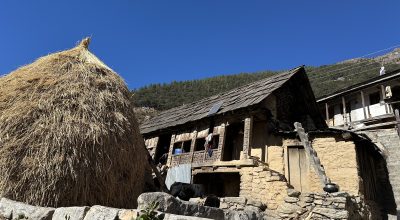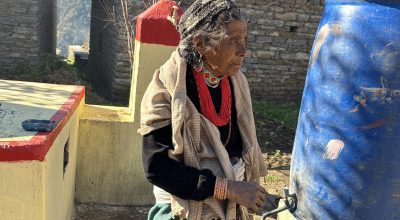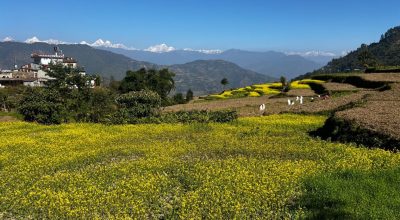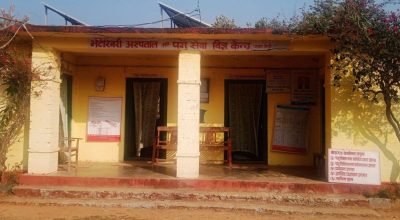
Kumar Chalise
Cosmopolitan Chef
Kwati, literally translates to hot (kwa), ti (soup) in Newari language. This hearty soup is made with 9 different sprouted beans and enjoyed as a delicacy on a specific day called Janai Purnima. Kwati has a historical significance in Nepali culture because when the food supply is or used to be scarce, kwati provided farmers with much need nourishment during monsoon’s busy crop-planting season. The humble soup can be enjoyed all year long besides Janai Purnima as it warms you inside out and is great for recovery during postnatal.
Janai Purnima is observed on full moon day in the month of Shrawan. This festival is celebrated by Hindus all over the globe. On this day, Hindu man, especially the Brahmans and Chettris perform their annual change of Janai (Janai is a cotton string worn across the chest by Hindu male) which they are given after the ceremony call Bhartabanda (literally means: tied by rules). In the morning of Raksha Bandhan, the people go to Brahman who ties the yellow thread around the wrist intoning a quick prayer which goes “Thus I tie the Raksha round your wrist, the same which bound the arm of the mighty Bali, King of the Danavas. May its protection be eternal’, which means Janai is supposed to protect the person who wears it.
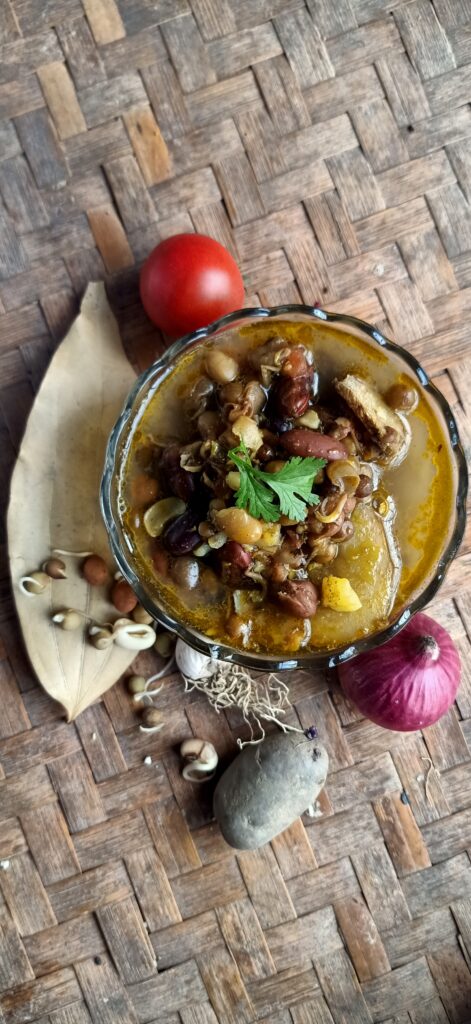
Kwati bean is a mixture of beans such as mung bean, soybean, red kidney bean, black lentils, black eyed-peas, fava beans, chickpeas, cow peas, and and green peas. You can use an equal mix of different beans mentioned above but variety adds a lovely texture, flavors, and nutrition to the soup. Typically, kwati is made by sprouting beans which takes 3-4 days and I personally prefer the sprouted version as it’s nostalgic and more nutritious.
Generally, beans and grains when sprouted are much easier to digest. Beans contain oligosaccharides called complex sugar which are hard to digest as humans do not produce the enzyme alpha-galactosidase needed to properly break it down. Presoaking and sprouting beans increases the production of enzymes to help with better digestion as well as improve the bioavailability and absorption of different vitamins, minerals, antioxidants etc.
For recipes
Ingredients
2 cup bean sprouts, 3 tablespoon mustard oil
½ cup local masala paste on pestle from cumin seed toasted, coriander seed, ginger, cloves, nutmeg, chili, salt and coriander
2 teaspoon fenugreek seed
2 cinnamon stick
1 bayleaf
1 pinch asafetida (hing)
salt, to taste
1 teaspoon turmeric
6 cups water
2 tablespoon clarify butter
1 tablespoon ajwain seed/juwano and 2 tbsp green coriander chop
Methods:
Prepare pre –preparation. Maintain kitchen, personal and food hygiene. Warmth the oil in a thick cooker and include the cinnamon, bay leaf, ajwain, cumin seeds. At the point when the seeds begin spluttering, at that point Include the grew blended beans, turmeric and stir well and fry for 2 minutes until the beans are pleasantly covered with all the masalas. Add local paste and stir well.
At that point add 5 cups of water to the cooker and weight cook for 20-25 minutes.
Discharge the steam and watch that the beans are cooked until they are delicate. At this point, the vast majority of the water will have evaporated. Include around 2 cups of warm water and bubble it for couple of minutes until you get the ideal consistency. Contingent on your inclination, the soup can be made thicker or more slender.
In a small fry pan, heats clarify butter and fry fenugreek seed, red chili dry, asafetida until fragrant and slightly brown. Pour the hot masala mixture on kwati and mix everything. Transfer the beans to a serving dish, sprinkle the green coriander chopped on top and serve.
Chef tips:
• If using a pressure cooker, start by heating the oil over medium flame and follow the above directions
• Some sprouts like mung beans cook faster than other and by the time whole dish is cooked, they will become mushy, making the dish just the right texture
• Close the lid of pressure cooker and let the cooker whistle 4 times, then turn off the heat.
• There is no need to mash the beans to thicken the liquid.
• When beans are soaked and left to sprout, nutritional values like vitamins, minerals, protein, and fibers are increased by 15 to 20 times than normal beans.
Chef Chalise can be reached at [email protected]





